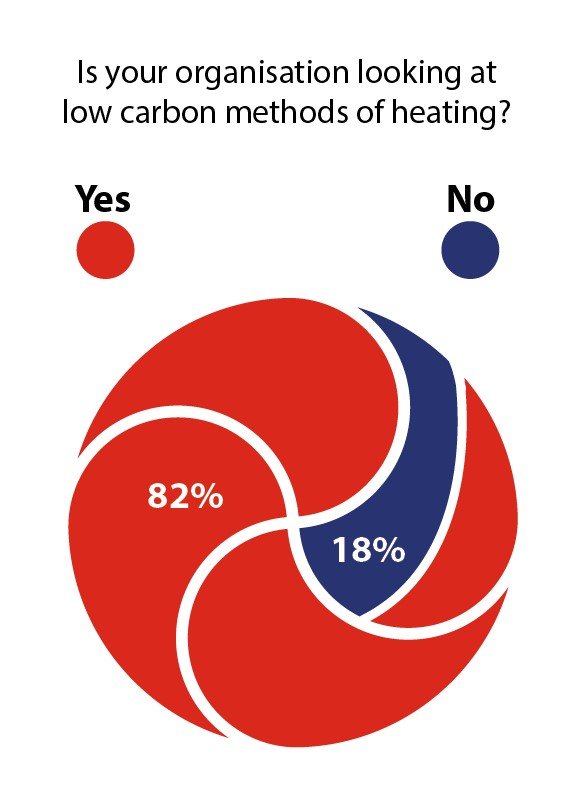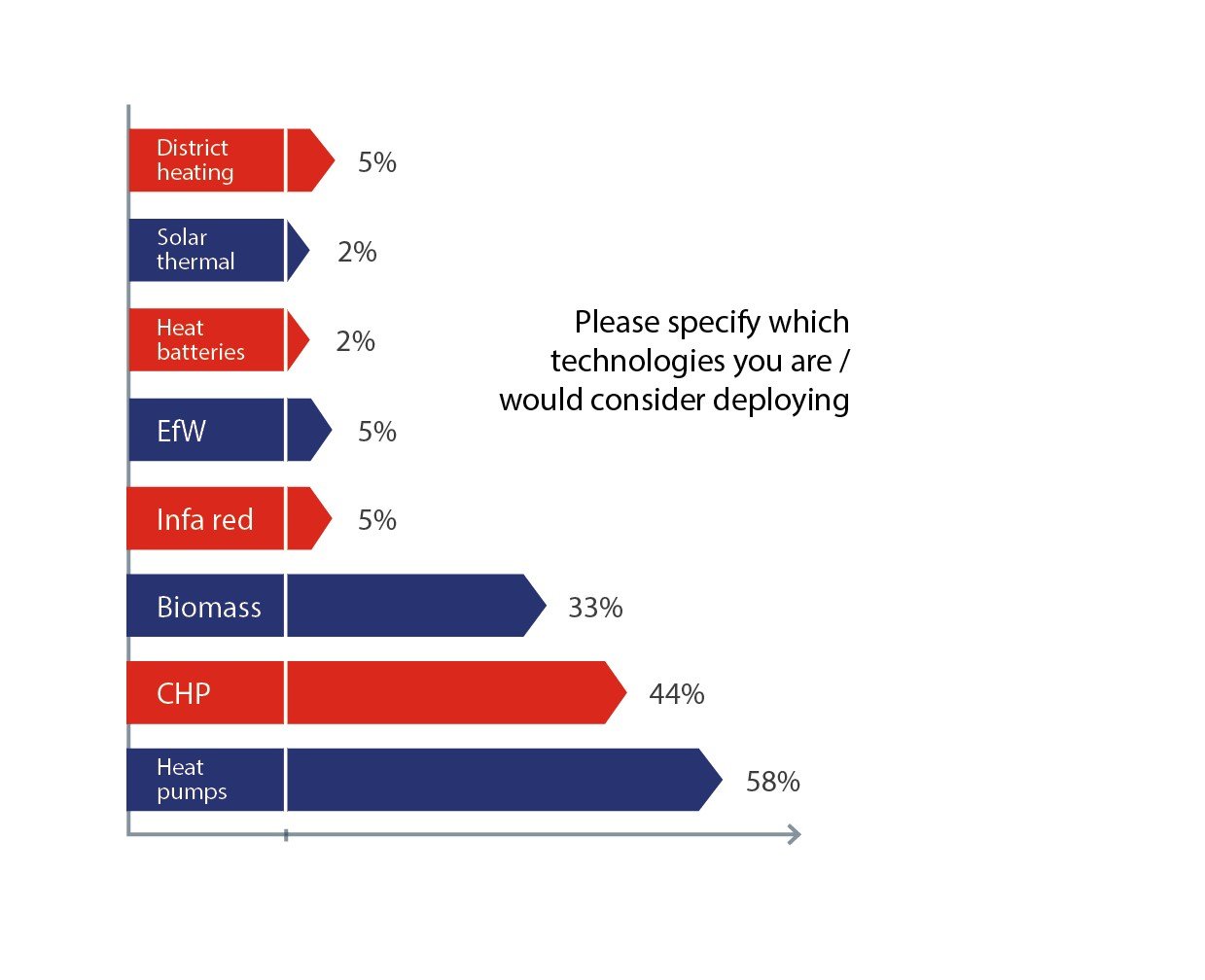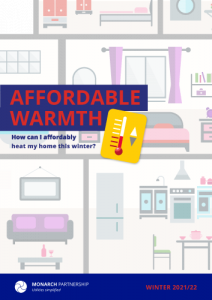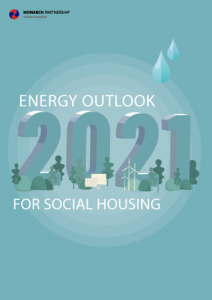Decarbonisation of Heating and Cooling is bigger than energy itself
On 7 June, the city of Brussels hosted the event “Heating & Cooling in Europe – How can we decarbonise the sector by 2050 and fulfil the Paris Agreement?” The meeting did exactly what it said on the tin, with a number of panels held to discuss energy solutions to move the EU towards Zero Carbon Heating by 2050. Currently, the heating and cooling sector makes up 51% of all energy used in Europe, so it’s clear to see that this is the sector we need to tackle to meet targets. It’s worth mentioning that full decarbonisation can’t happen in other sectors – but it can within heating and cooling – so it’s crucial we make up for that shortfall where possible.
We need to act now and the solutions are already available. Many of them are in use today. So, the key question is: why have more low carbon technologies not been introduced across the EU and in the UK? Is it a lack of know-how? An unwillingness to change from long-established heating and cooling methods? Or perhaps not everybody understands the urgency of the situation. Our world’s resources are being used up faster than they can be replenished, and our population is growing more quickly than ever. These factors, combined with unstable weather patterns, mean that more and more pressure is being placed on the Earth’s natural resources, and the way we use fuel right now isn’t sustainable.
The EU as a whole has made great progress in implementing renewable solutions when it comes to wind and solar power, so we need to do the same for heat. In Denmark and Switzerland, renewable energy makes up over 40% of the district heat supply which proves that it can be done. Perhaps if energy efficiency was incentivised more uniformly across the EU – much like the Renewable Heat Incentive (RHI) in the UK – the uptake would be better. In the UK, currently only 4% of heat in buildings comes from low carbon sources. Contributions from manufacturers and the design and construction industry is a great starting point, and more support like this would begin to normalise renewable solutions for heat – much like has already been done for wind and solar power.
Key findings from the Heat Report 2018 by The Energyst
The Energyst released their incredibly detailed 2018 Heat Report containing responses to a survey about renewable heat solutions, and the introduction of low carbon technologies. The respondents were representatives from both public and private sector organisations, providing a wide range of opinions on the topic.

The most popular low carbon technology by far among these organisations was LED lighting (60% of respondents have introduced this), while 22% said that they have introduced no low carbon technology whatsoever. A further 18% are not considering any form of low carbon heating at all, while 45% of respondents believe that the Government’s RHI has not been effective. Some reasons include that the scheme’s incentives are too complicated, and that lax building legislation allows too much energy to be wasted in other areas. This ties in with discussions at the Decarb Heat conference in Brussels, where it was suggested that tighter EU-wide building standards will be needed if the 2050 decarbonised heat sector target is to be met.

Heat pumps are by far the most common low carbon technology which respondents are considering installing (58%), followed by combined heat and power (44%), and biomass (33%). Combined heat and power (CHP) is shown to be a very popular choice, with almost one third of survey respondents already having it on their premises, and a further third considering introducing it. CHP generates gas and electricity at the same time which works out to be cheaper, while also reducing carbon emissions. It captures waste heat produced when electricity is generated, further improving the efficiency of the building. Could CHP be the answer the EU and UK are searching for to reach Zero Carbon Heating?

The UK’s impact
Fossil fuels account for 80% of total energy consumption in the UK, and half of all energy use is a result of heat-related needs. With this in mind, the Committee on Climate Change believes that introducing heat networks more widely in the UK could produce up to 20% of the total heat supply by 2050. The Government has committed to helping local authorities fund heat networks across the UK, which will mean a significant drop in our carbon emissions, as well as being able to eliminate gas from some buildings entirely.
However, some criticism of heat networks has risen recently. It’s centred mainly around the problem that end users cannot switch suppliers once they are on a heat network in the same way as with a traditional gas supplier. The heat network sector lacks regulation that protects consumers, so critics say there must be stricter legislation on the issue before heat networks are widely introduced across the country.
What can we do?
The Heating & Cooling in Europe conference has brought a number of questions to the forefront of people’s minds: What policies do we need to implement? How can we fund the changes? Which solutions should we focus on first? It’s clear to see that the discussions held at the conference have ironed out some uncertainties and laid the foundation for decarbonisation. But it’s also evident that new legislation will be needed, and the proposed changes need to be implemented quickly, before it’s too late to meet the 2050 Zero Carbon Heating target.
Infographics created by Mark Beckett















